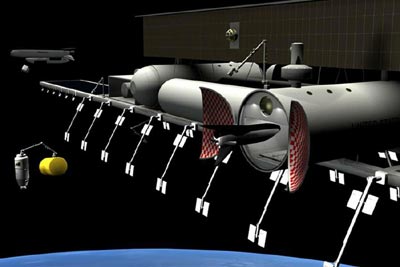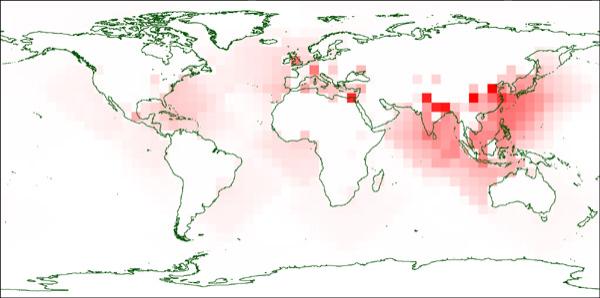Jan 24, 2008
Is 2007 TU24 A Wake Up Call?
Posted by Oliver Starr in categories: asteroid/comet impacts, existential risks, space
On January 29th, 2008, Near Earth Object 2007 TU24 will intersect Earth’s orbit at the startling proximity of only 0.0038AU — or 1.4 lunar distances from our planet. According to the resources I reviewed, this NEO represents the closest known approach to Earth until 2027, assuming no more surprises like the 2007 TU24, which was discovered on October 11th, 2007.
That an asteroid won’t strike is an assumption we can’t afford to make. 2007 TU24 will not impact the planet but may pass through a portion of Earth’s magnetosphere. We can’t predict the repercussions of this transit with any certainty at this time. However, the possibilities range from no effect to potentially catastrophic changes to weather, tectonic plate movement, the oceans, and more.
Some might say that we do not need to be concerned — that this kind of near miss (and let’s be frank here — in the vastness of even our solar system, 1.4 lunar distances from Earth is a near miss) is a freak occurrence. Don’t be so sure. One day later — that’s right, on January 30th, it was thought possible — one might even say reasonably likely — that another asteroid would strike our second nearest celestial neighbor, Mars.









